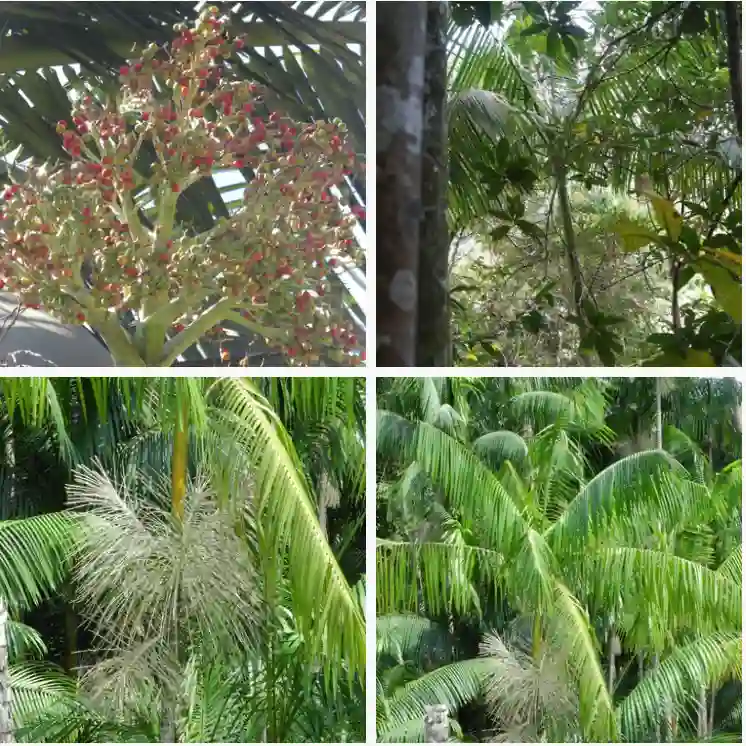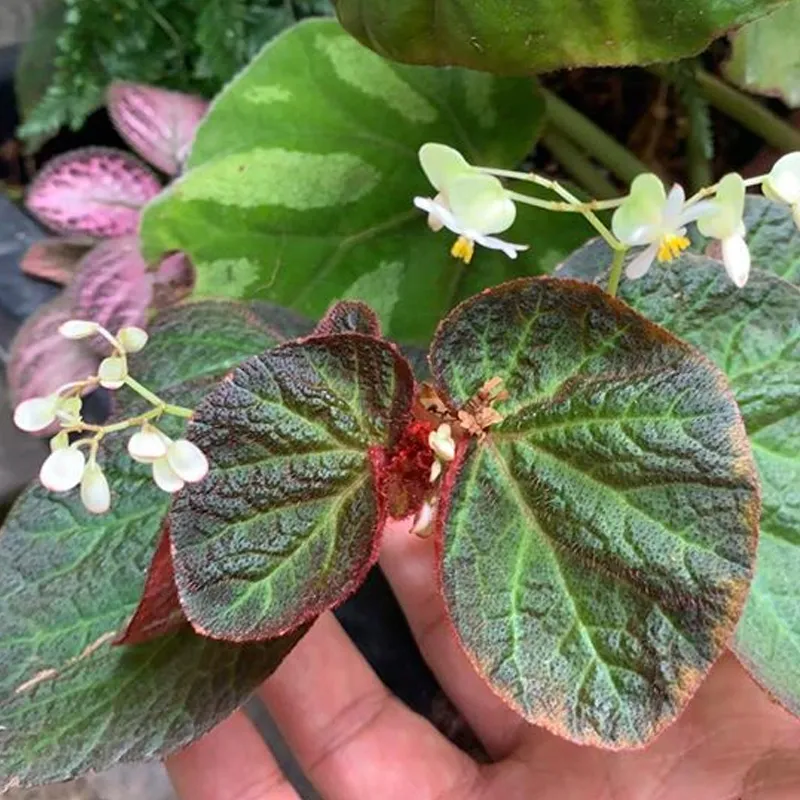Petrocosmea Cryptica FAQs: Everything You Need to Know
When I first came across Petrocosmea Cryptica, I was drawn to its delicate beauty and compact nature. This small, yet striking plant has become one of my favorites in my collection. Over time, I’ve learned a lot about caring for it, and I often get questions about how to grow and maintain this lovely plant. Here’s a comprehensive guide to the most frequently asked questions about Petrocosmea Cryptica.
What is Petrocosmea Cryptica?
Petrocosmea Cryptica is a charming, low-growing perennial plant native to the limestone-rich regions of China. It belongs to the Gesneriaceae family, which also includes African violets. The plant is known for its rosette of soft, velvety leaves that form a neat, symmetrical mound. The foliage is typically dark green, with a slight sheen that catches the light beautifully. In the right conditions, Petrocosmea Cryptica produces delicate, funnel-shaped flowers that are usually pale lavender or white.
Plant Family: 152 Genera in Gesneriaceae
One of the reasons I love Petrocosmea Cryptica is its versatility. It’s perfect for adding a touch of greenery to small spaces, such as windowsills, terrariums, or even as a part of a mixed container arrangement.
How to Care for Petrocosmea Cryptica?
Caring for Petrocosmea Cryptica isn’t difficult once you understand its needs. Here’s what I’ve learned from my experience:
Light Requirements
Petrocosmea Cryptica thrives in bright, indirect light. Direct sunlight can scorch its delicate leaves, so it’s best to place it in a spot where it can receive filtered light. I’ve found that an east or north-facing window works perfectly.
Watering
This plant prefers consistently moist soil but doesn’t like to sit in water. I water mine when the top inch of the soil feels dry to the touch. It’s important to use room temperature water to avoid shocking the plant. Overwatering can lead to root rot, which is a common issue with Petrocosmea Cryptica, so make sure the pot has good drainage.
Humidity and Temperature
Petrocosmea Cryptica enjoys a humid environment, similar to its native habitat. I keep mine in a room with at least 50-60% humidity, which can be achieved with a humidifier or by placing the plant on a pebble tray. The ideal temperature range is between 60°F and 75°F. Avoid placing it near drafts or heating vents, as sudden temperature changes can stress the plant.
Soil and Fertilization
A well-draining, peat-based soil mix is ideal for Petrocosmea Cryptica. I use a mix similar to what you’d use for African violets. Fertilizing is important, but it should be done sparingly. I feed my Petrocosmea Cryptica with a balanced, water-soluble fertilizer diluted to half strength every 4-6 weeks during the growing season.
How to Propagate Petrocosmea Cryptica?
Propagating Petrocosmea Cryptica is relatively simple and can be done through leaf cuttings or division.
Leaf Cuttings
One of the easiest methods is through leaf cuttings. Here’s how I do it:
- Select a healthy leaf: Choose a mature, healthy leaf from the base of the plant.
- Cut and prepare: Using a clean, sharp blade, cut the leaf with a small portion of the stem attached.
- Plant the cutting: Insert the cutting into a small pot filled with a well-draining soil mix, burying the stem portion only.
- Care for the cutting: Keep the soil moist and cover the pot with a plastic bag to maintain humidity. Place it in a warm, bright spot out of direct sunlight. In a few weeks, new roots and leaves should start to form.
Division
If your Petrocosmea Cryptica has formed a large clump, you can divide it:
- Remove the plant: Gently remove the plant from its pot and carefully separate the roots into smaller sections, making sure each section has roots and foliage.
- Replant: Plant each section in its own pot with fresh soil and water thoroughly.
What to Plant with Petrocosmea Cryptica?
Petrocosmea Cryptica pairs well with other small, shade-loving plants. I like to plant mine alongside ferns, miniature orchids, or mosses. These companions not only share similar care requirements but also enhance the overall aesthetic of a mixed container or terrarium.
Is Petrocosmea Cryptica Toxic?
One of the great things about Petrocosmea Cryptica is that it’s non-toxic to both humans and pets. This makes it a safe choice for households with curious children or animals. However, I always recommend keeping plants out of reach just to avoid any accidental ingestion.
Common Problems with Petrocosmea Cryptica
While Petrocosmea Cryptica is generally a low-maintenance plant, it can encounter a few issues.
Leaf Yellowing
If the leaves start to yellow, it could be a sign of overwatering or insufficient light. Adjusting your care routine usually solves this problem.
Root Rot
As I mentioned earlier, root rot is a common issue if the plant is overwatered or if the soil doesn’t drain well. To prevent this, ensure you’re using a well-draining soil mix and only water when the top layer of soil is dry.
Pests
Although Petrocosmea Cryptica isn’t particularly prone to pests, it can occasionally attract aphids or spider mites. Regularly inspect your plant, and if you notice any pests, treat them promptly with insecticidal soap or neem oil.
Comparing Petrocosmea Cryptica with Similar Plants
Petrocosmea Cryptica is often compared to African violets due to their similar appearance and care requirements. However, there are a few differences. While African violets prefer slightly warmer conditions and can tolerate lower humidity, Petrocosmea Cryptica thrives in cooler, more humid environments. Additionally, the leaves of Petrocosmea Cryptica tend to be slightly thicker and more succulent than those of African violets, giving them a distinct texture.
Benefits of Growing Petrocosmea Cryptica
One of the benefits of growing Petrocosmea Cryptica is its compact size, which makes it ideal for small spaces. It’s also relatively easy to care for, making it a great choice for both beginners and experienced plant enthusiasts. The plant’s ability to thrive in low light conditions is another plus, especially for those with limited access to natural light.
In conclusion, Petrocosmea Cryptica is a delightful addition to any plant collection. With the right care, it can flourish and bring a touch of natural beauty to your home. Whether you’re a seasoned gardener or just starting, Petrocosmea Cryptica is a plant that’s sure to win your heart, just as it has mine.
If i die, water my plants!



